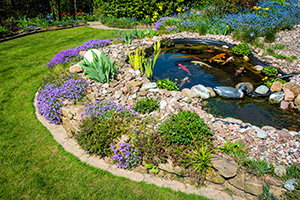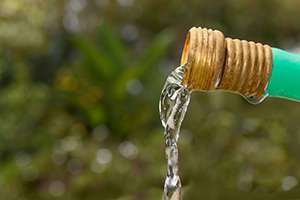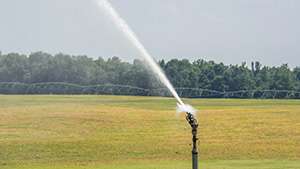
It’s not too early to start thinking about getting your pond or outdoor water feature ready for fall and winter. Pre-winter maintenance is easy and vital to the health of your pond. Failing to take these steps may create the need for expensive repairs or modifications in the spring. Here are the steps you should take to prepare your pond for fall and winter.
Water
• Keep leaves from falling into your pond with netting. The netting will prevent leaves and other debris from entering the pond, making for very easy cleanup in the spring.• Change out up to half of the water. This step will remove contaminants and create better water condition to get through the winter. It’s best to do this when the temperature of the pond water is roughly the same as the water source. Just make certain the temperature is above 60°F to prevent stress to aquatic life.
• Add a conditioning agent with bacterial additives. Make sure the agent is formulated to work during colder temperatures.
• Clean organic matter from the bottom of the pond.
Water Pumps
• Clean pond pump filters thoroughly.
• If the water temperature gets below 45°F, turn the pump(s) off and remove the filter media and main pump. This will keep freezing temperatures from damaging the pump.
• Drain the pump according to the manufacturer’s instructions.
Plants
• Winter non-hardy plants indoors or in a greenhouse.• If you have hardy water lilies, clip off any pads and buds and place the lily in the deepest part of your pond where the tuber will not freeze.
Fish
• When the water temperature gets lower than 70°F, you’ll mix wheat germ food with your koi’s regular feed. The wheat germ formula helps digestion.• When temperatures get below 60°F, feed wheat germ food exclusively.
• If the water reaches 40°F, don’t feed koi at all.
If you have any questions relating to winterizing your pond, contact the experts at W.P. Law today!














